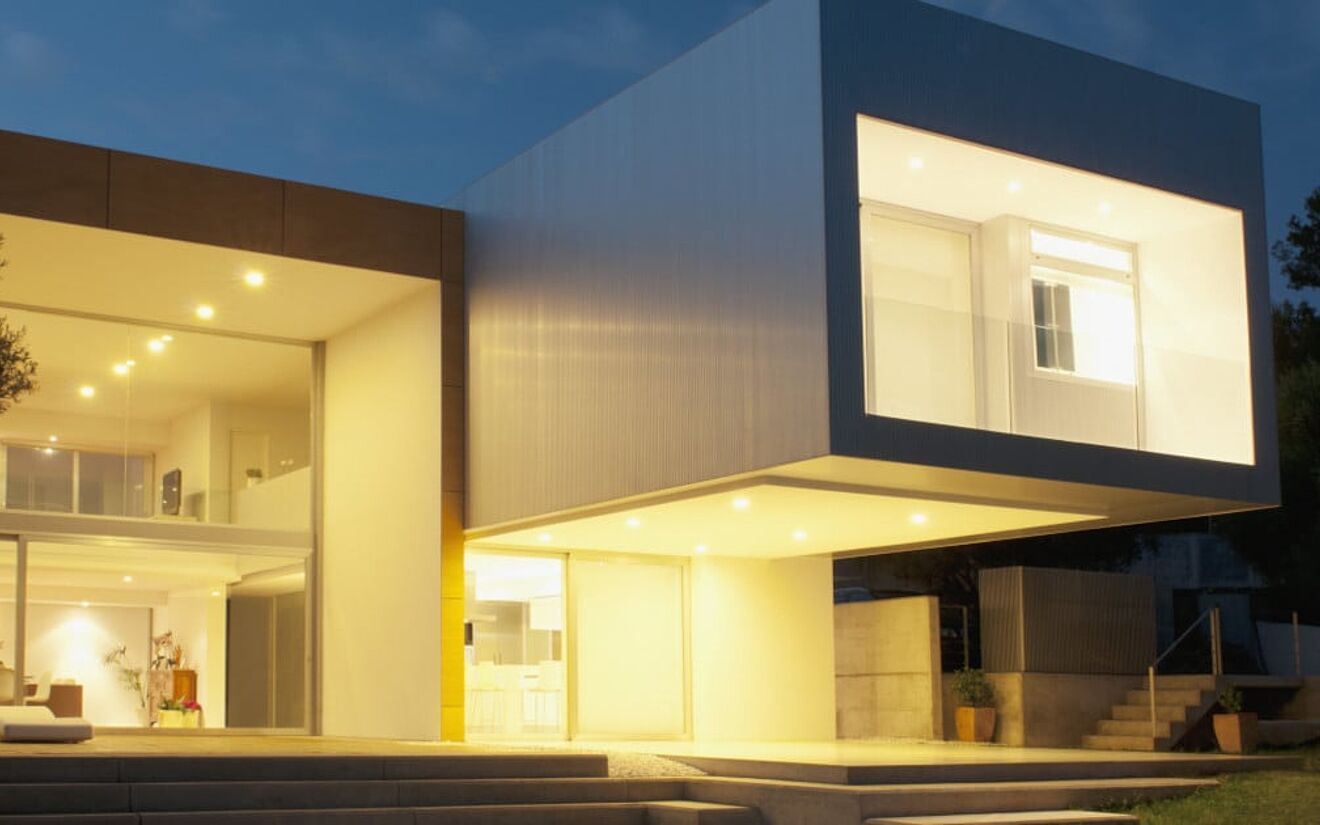In the past, modular construction was associated with purely functional buildings which had to be constructed quickly and cost-effectively, or those which would be only temporary. Design aesthetics were a second thought, if they were considered at all. However, modular construction is increasingly being adopted for its ability to improve build quality, reduce construction schedules, and optimize material use – and, as a result, this construction method has evolved. These incredible buildings prove that modular construction no longer has to sacrifice form for function and can instead blend both innovative design and practical performance.
101 George Road, London, UK
Making up a set of two tower blocks of 38 and 48 stories, these residential buildings were recently completed using modular construction for the 546 apartments. Each tower features a traditionally constructed slipform concrete core, to which the 1526 modules are joined. The foundations and cores took 13 months to complete, the modular apartments were installed in just six months, and the entire project took just 26 months to construct – a significant time saving compared to traditional construction methods.
citizenM Bowery Hotel, New York, USA
Currently the world’s tallest modular hotel building at 19 stories, the Bowery in Manhattan was originally designed as a poured-in-place concrete building before being re-imagined as a modular building. The double-height ground floor is built using traditional construction methods, while modules make up the rest of the building. Many of the guestroom modules have two guestrooms with the corridor located between them, for a total of 300 rooms across the 100,000ft² floor area. On site, deliveries to site were reduced by 1200 trucks and a crane was needed for only five months instead of a year or more for a similar-sized conventional build.
California State University San Marcos Veterans Center, California, USA
Featuring a striking angled roof and horizonal wood siding, this office building within the university campus could easily be mistaken as a traditionally designed and built modern building instead of a modular building. The building is also located on a hillside and extends over the uneven surface with cleverly designed supports, demonstrating the flexibility of modular buildings.
Hostelling International Jasper, Alberta, Canada
Located within the Rocky Mountains in Canada, the rustic design aesthetics of this 25,000ft² hostel blend perfectly within its national park surroundings. Besides offering accommodation for 157 guests in the main lodge, there are also two staff accommodation buildings as well as a maintenance facility on the site. Because of the sensitive natural surroundings of the hostel’s location, modular construction was chosen to ensure minimal waste, noise, and disruption to the local environment.
Mini Sky City, Changsha, China
Located within the Hunan province of China, Mini Sky City is the tallest modular building in the world, standing at 682 feet (208 meters.) Over 2,700 modules were used to build this multi-use building, which was erected in just 19 days – however, the modules were built off-site over four and a half months. The skyscraper houses 800 apartments, as well as 19 atriums and office space for 4,000 people.




